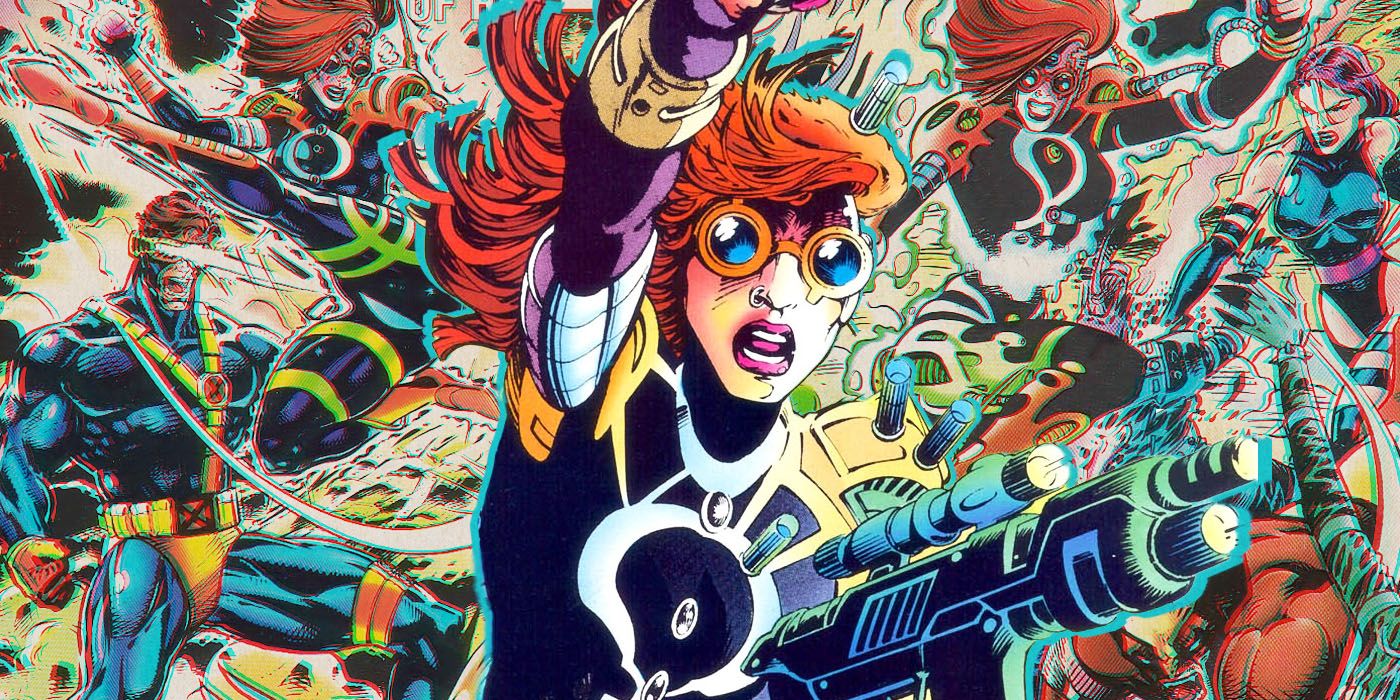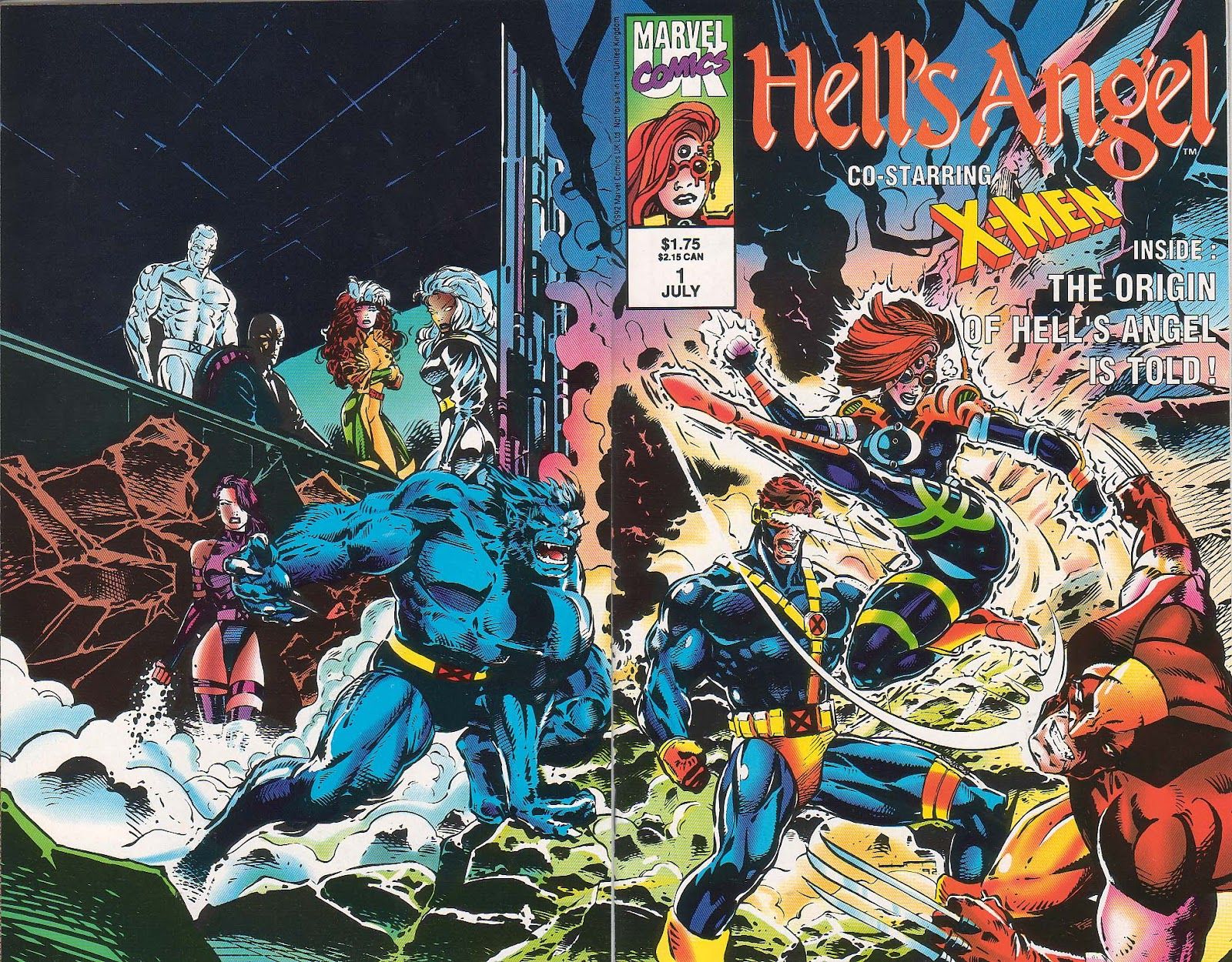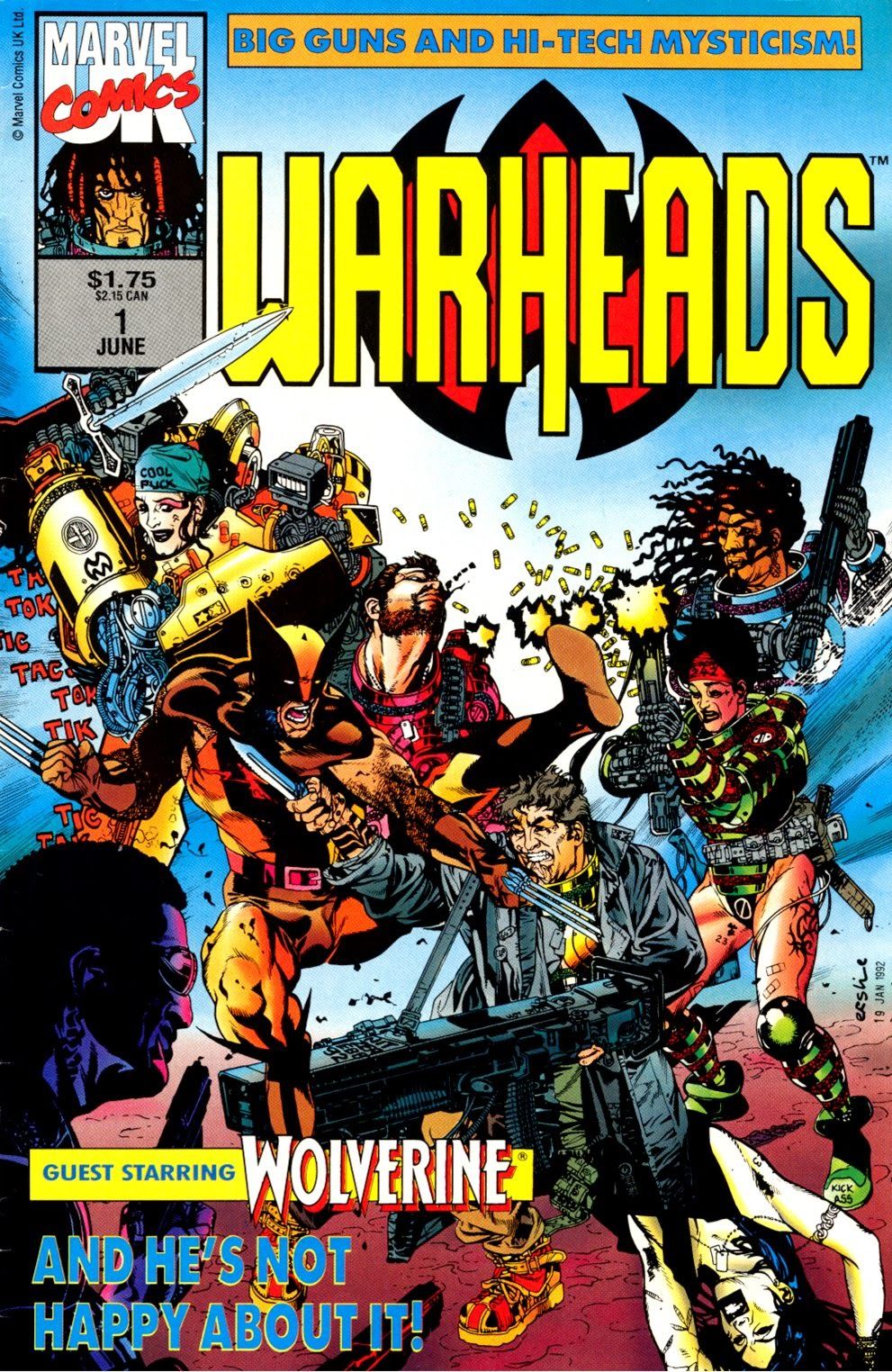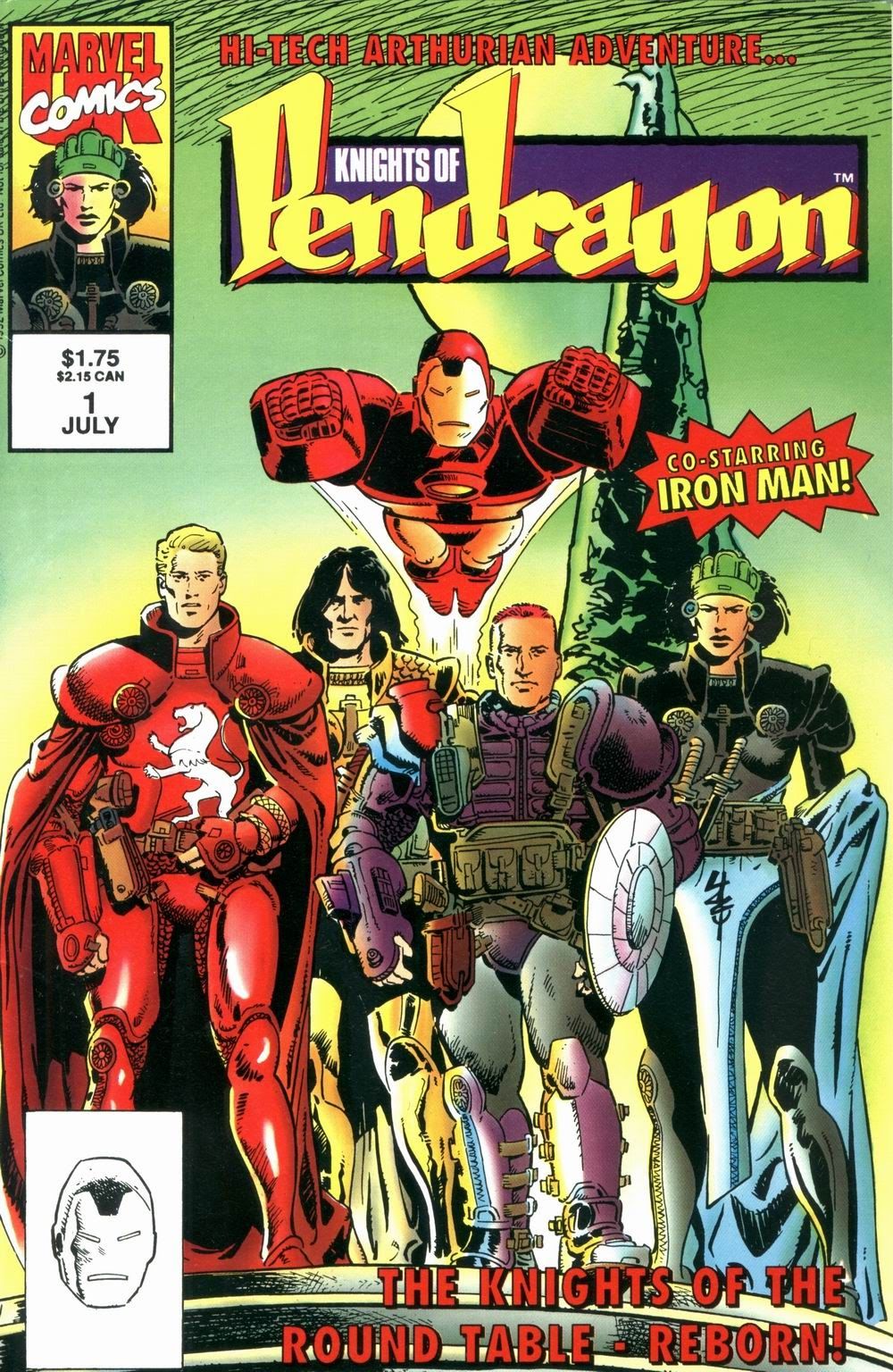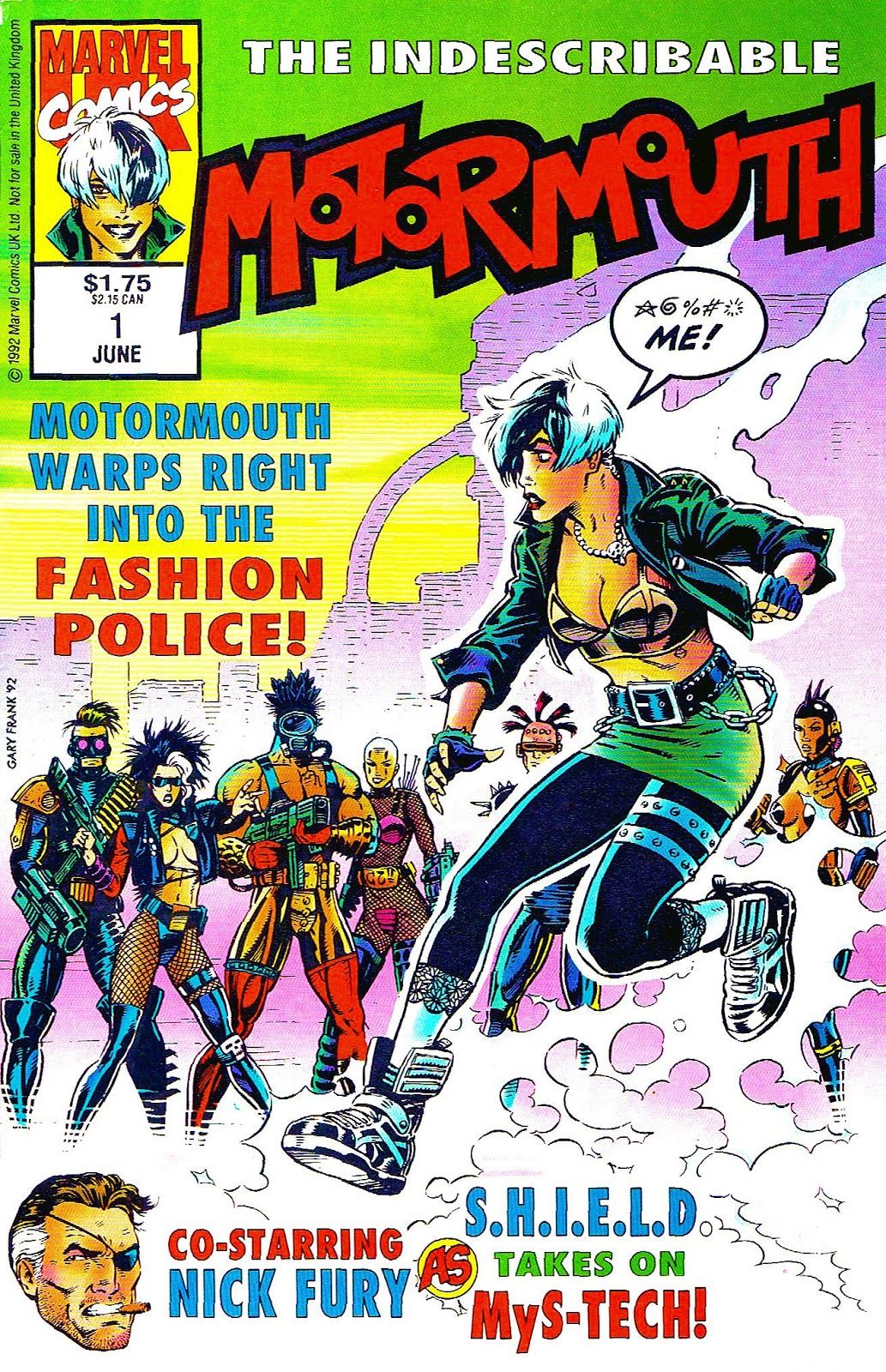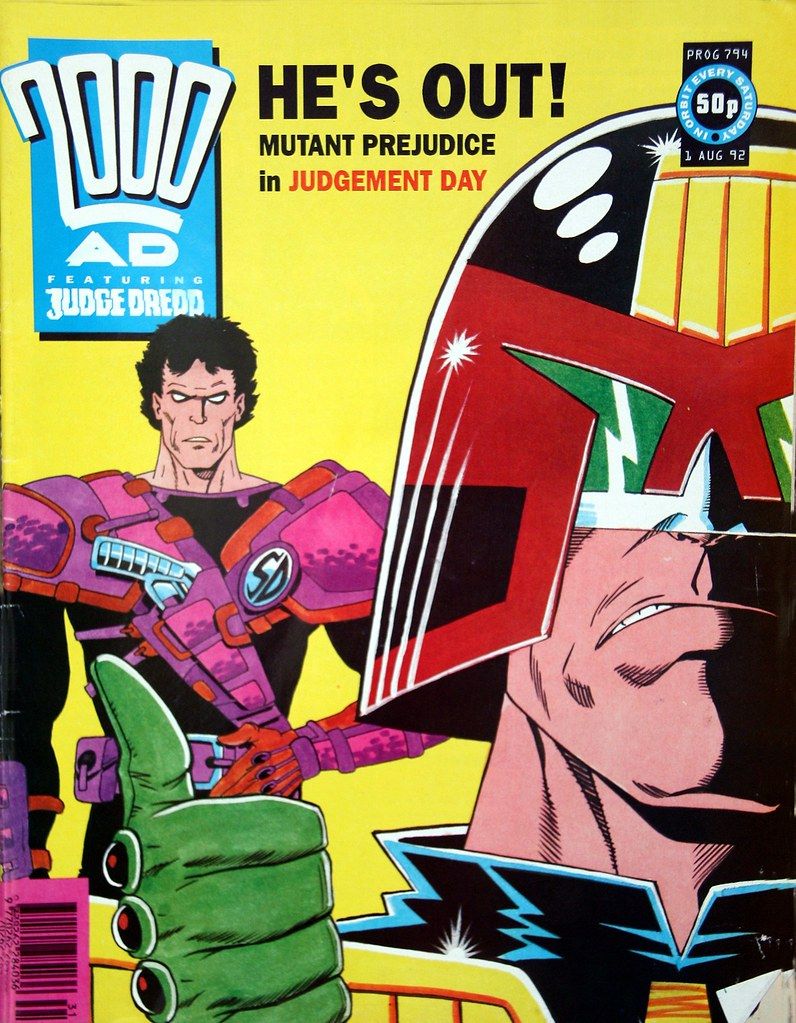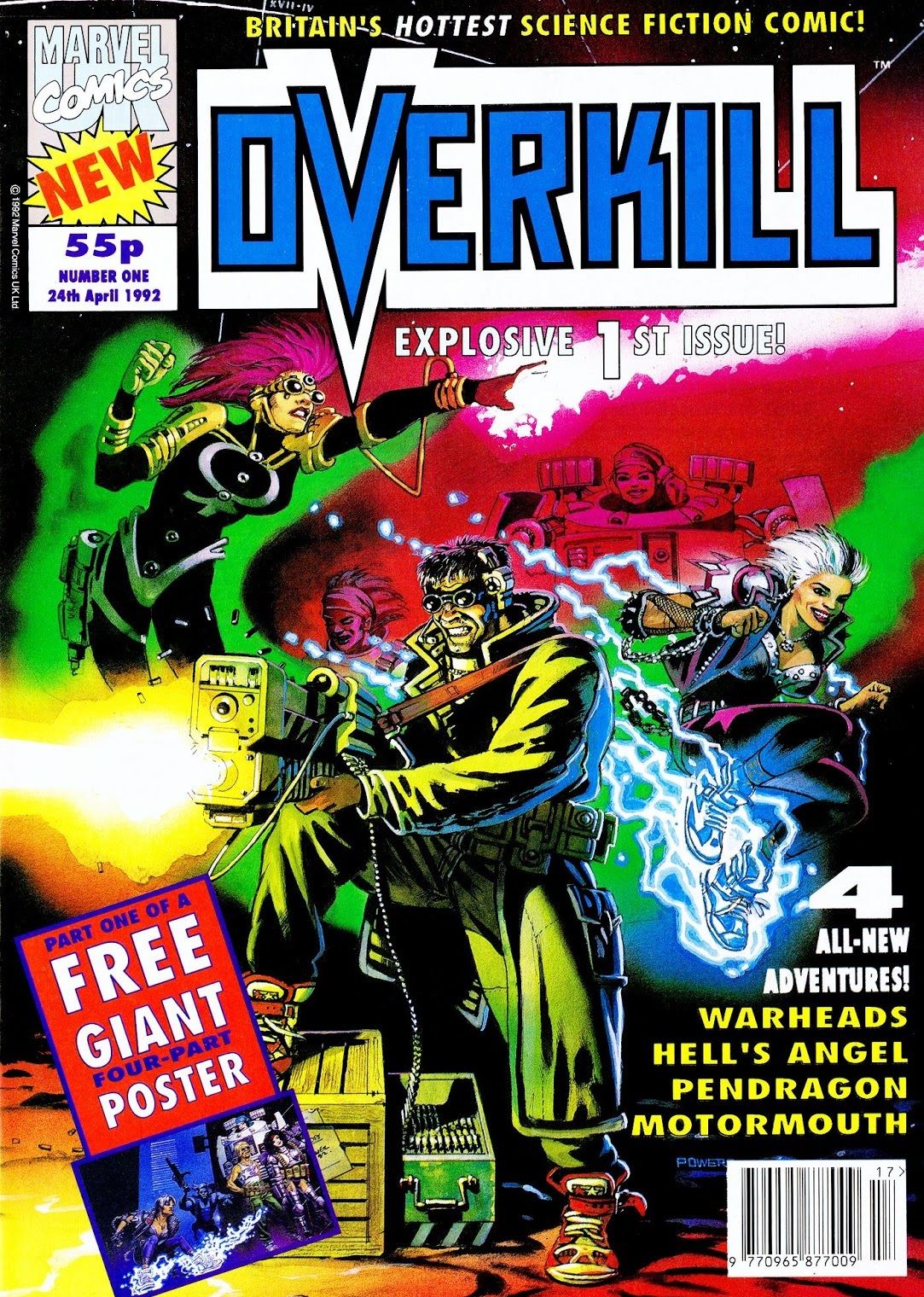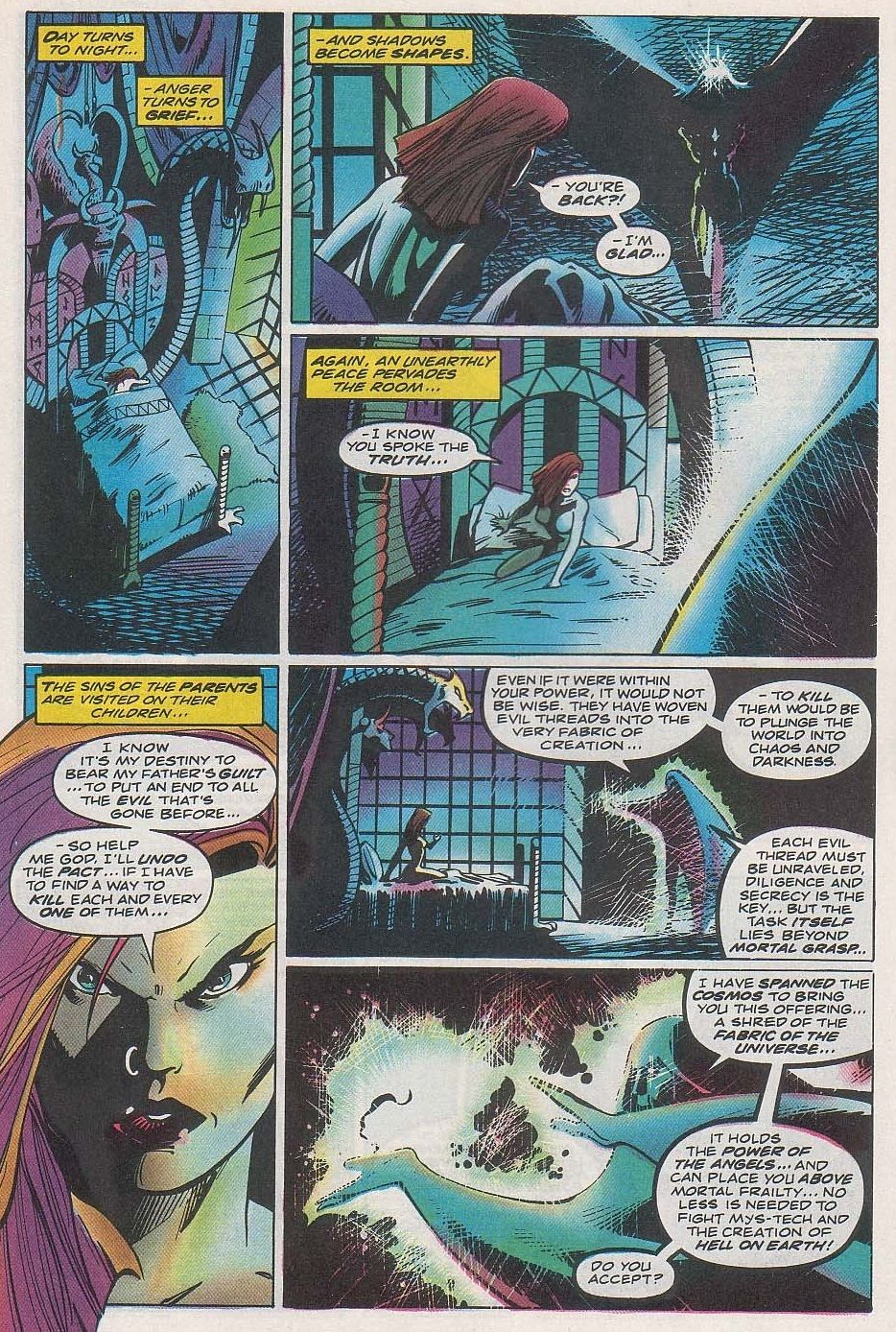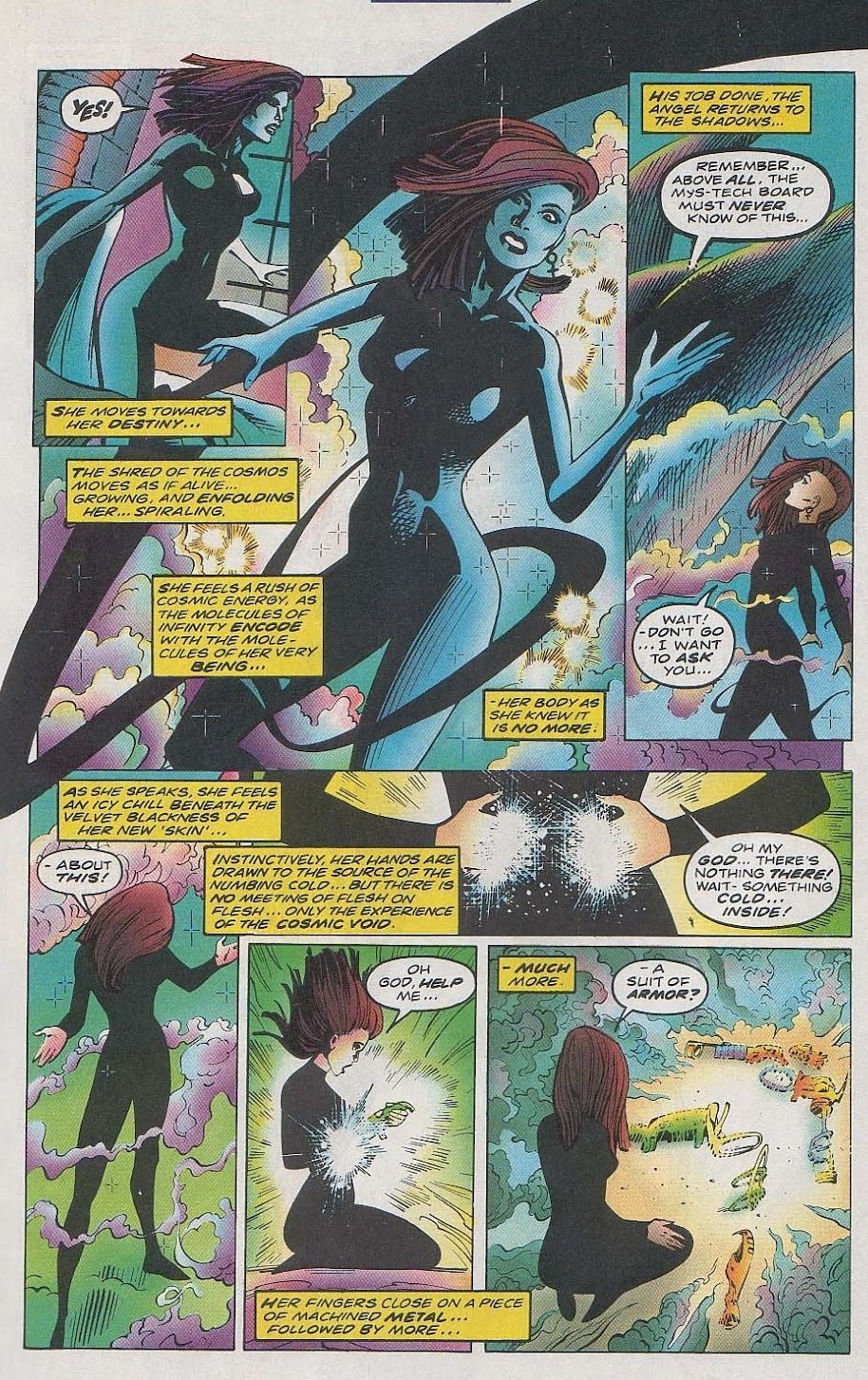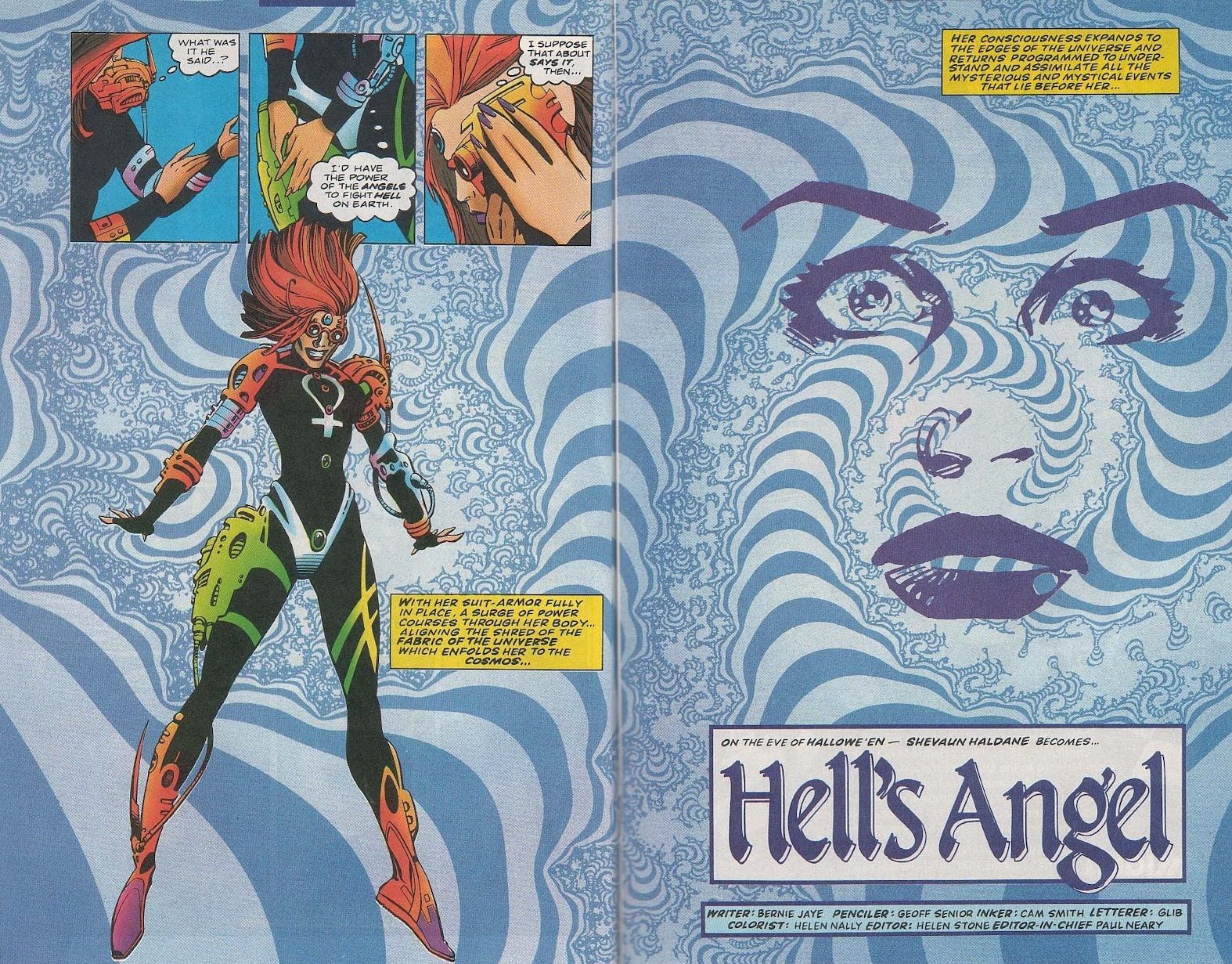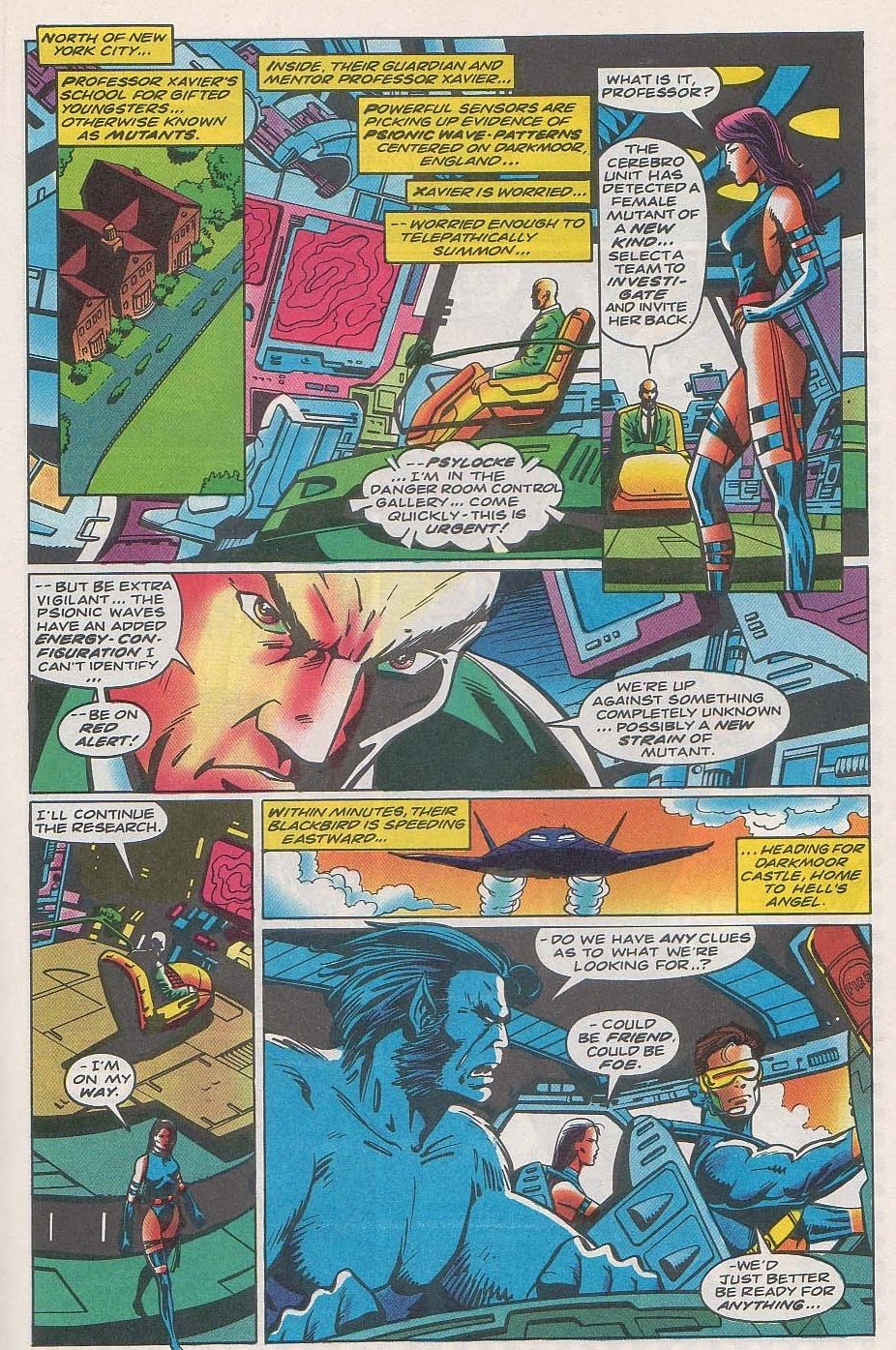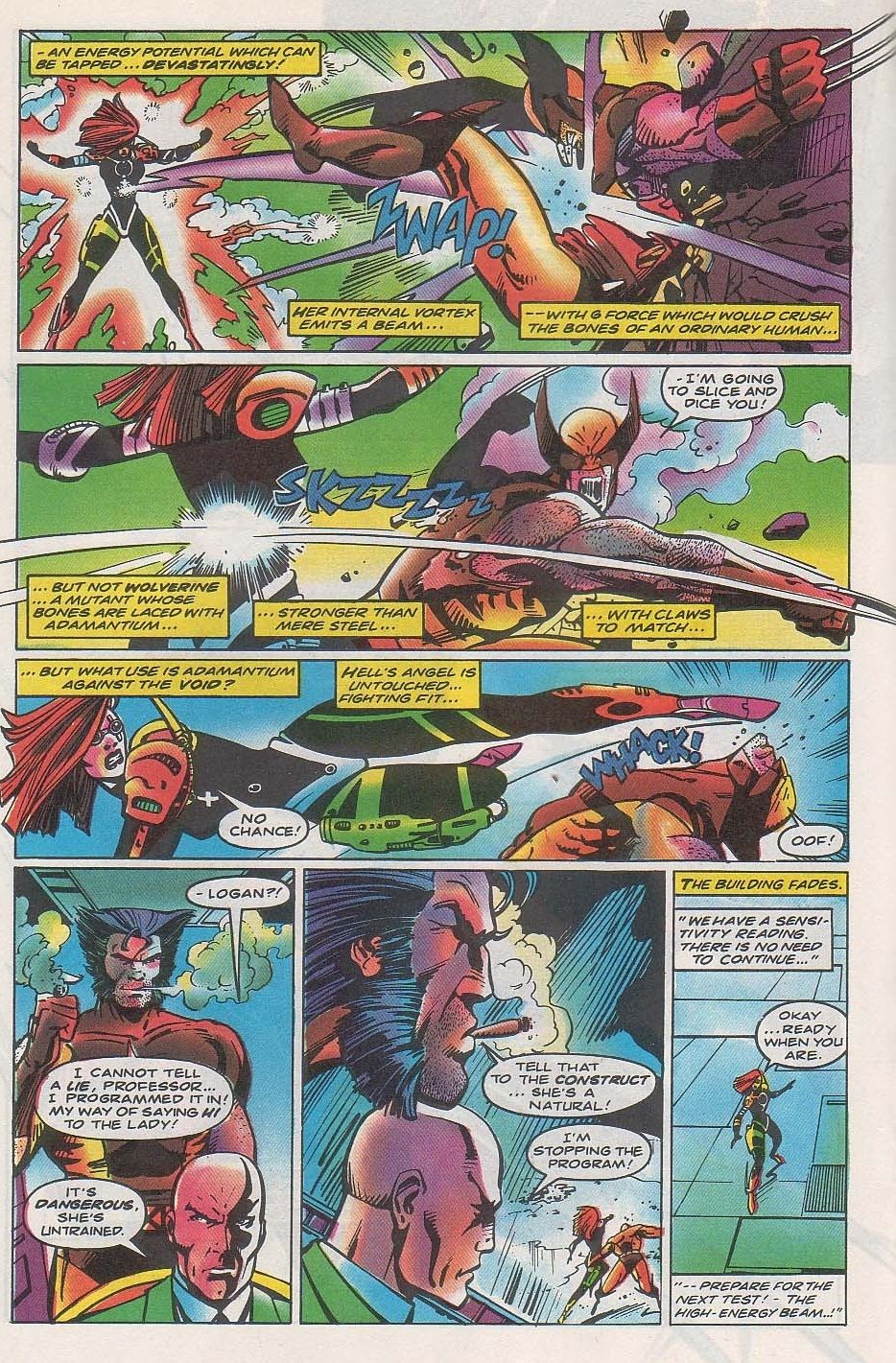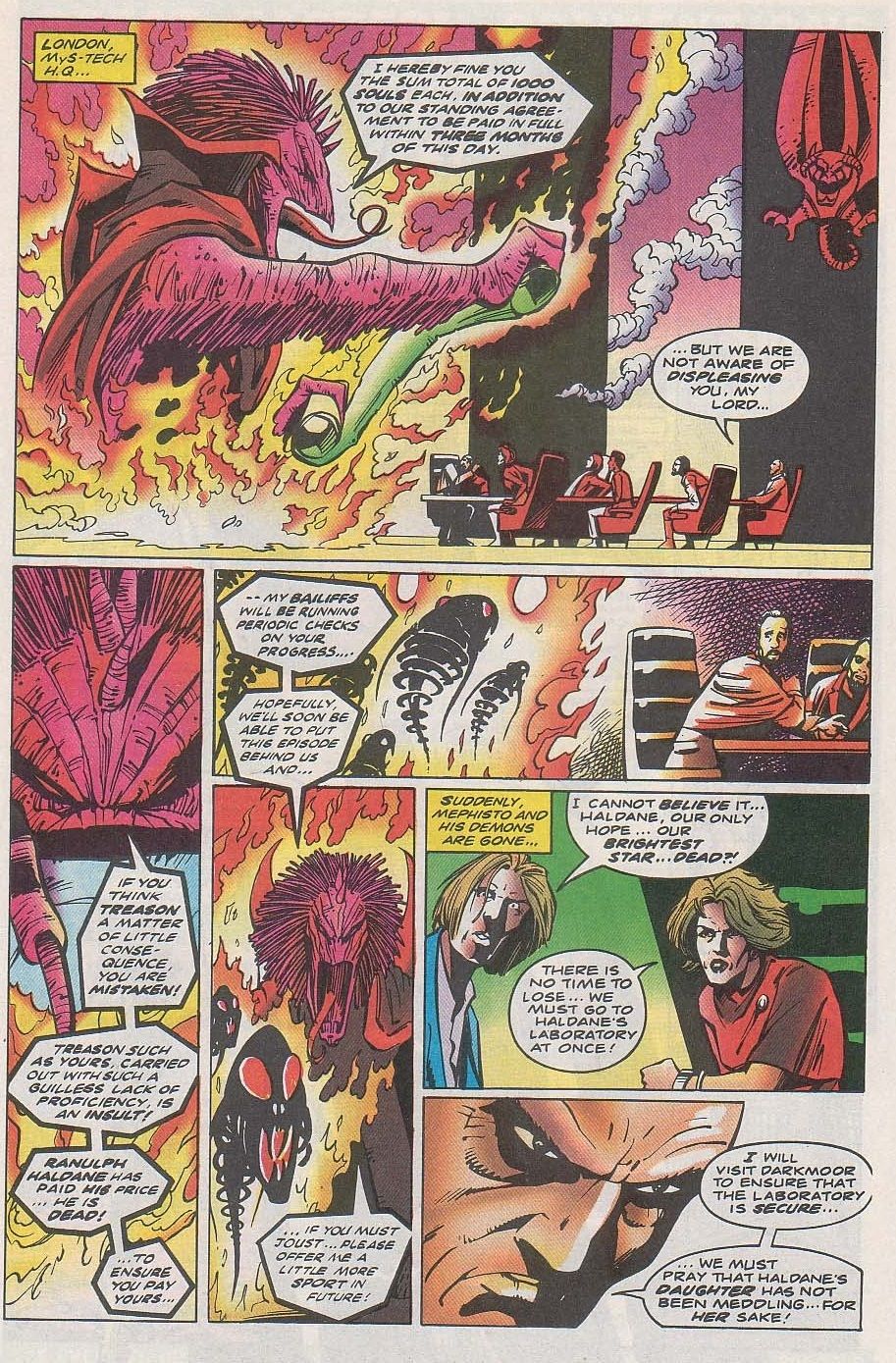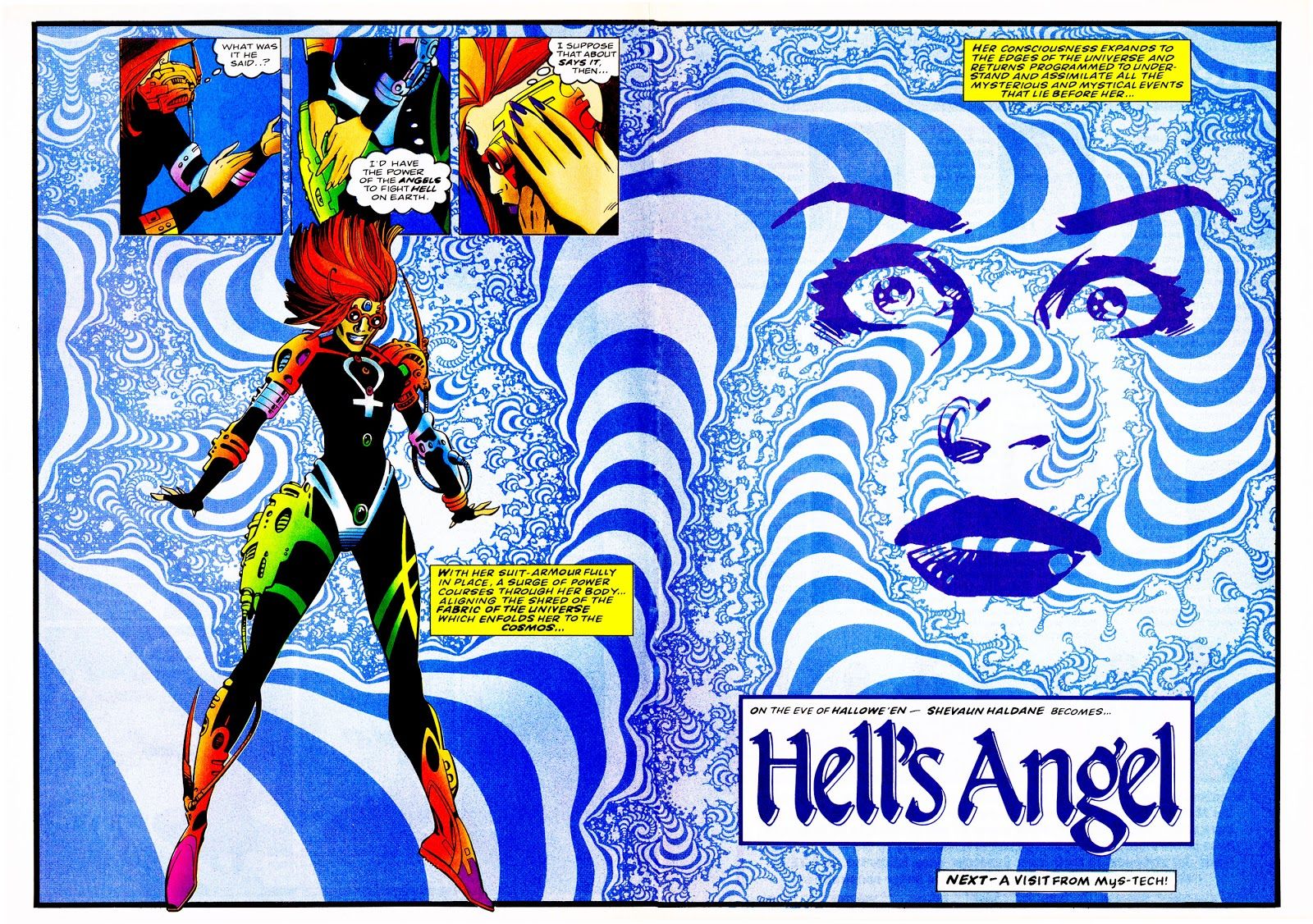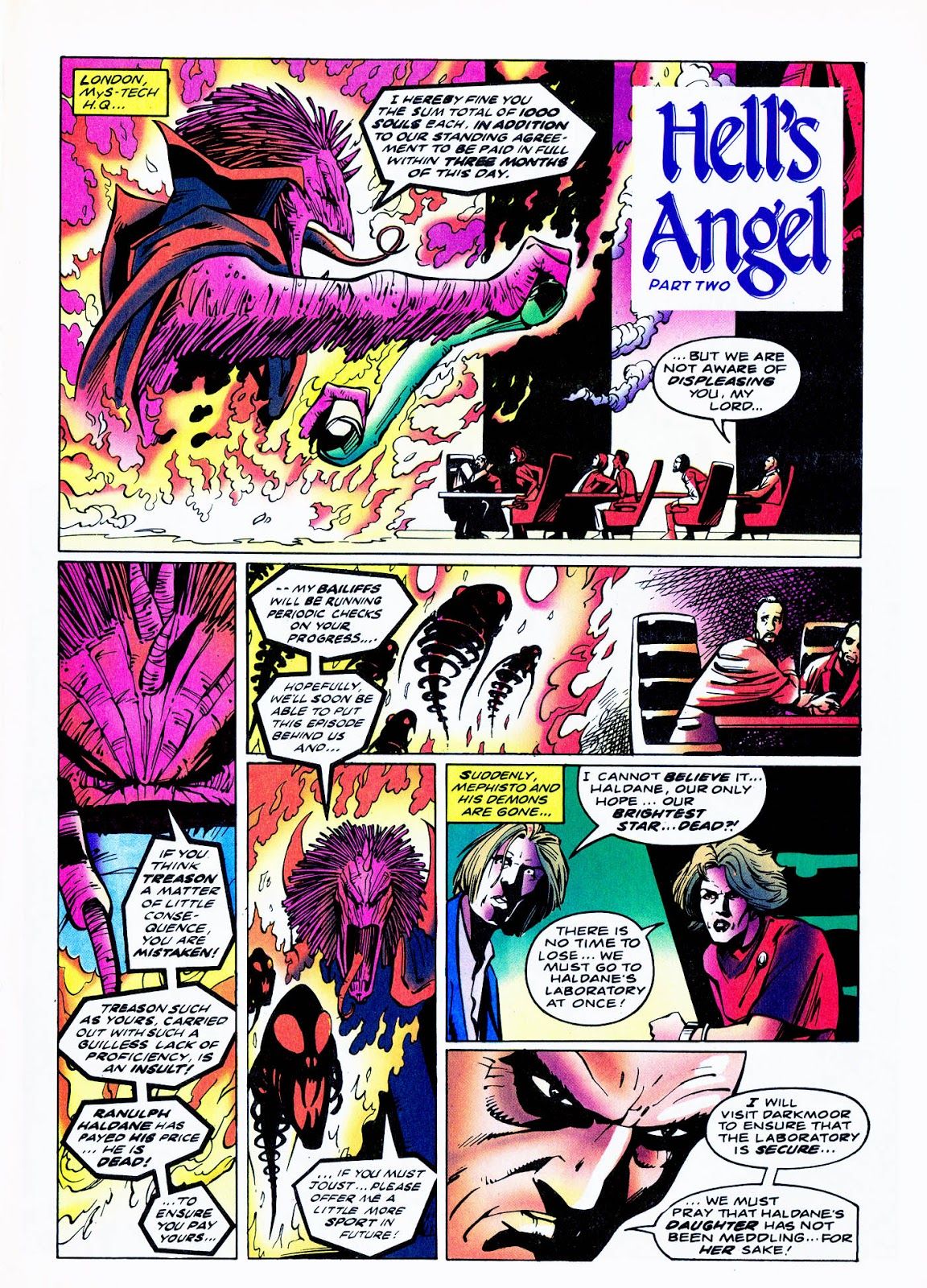In the latest Comic Book Legends Revealed, discover why Marvel UK originally had a very unusual way of handling superhero guest stars in its comics
Welcome to Comic Book Legends Revealed! This is the eight hundred and thirtieth installment where we examine three comic book legends and determine whether they are true or false. As usual, there will be three posts, one for each of the three legends. Click here for the first part of this installment's legends.
NOTE: If my Twitter page hits 5,000 followers, I'll do a bonus edition of Comic Book Legends Revealed that week. Great deal, right? So go follow my Twitter page, Brian_Cronin!
COMIC LEGEND:
Every Marvel UK comic book in 1992-93 initially had to be written to have a superhero guest star in precisely half the comic and so the story could make sense with or without the superhero guest star.
STATUS:
True
As I discussed in a recent Drawing Crazy Patterns feature, the early 1990s sales boom was a fascinating time because it took all of the standard things that exist in comic books and sort of accelerated them beyond your wildest imagination. For instance, the idea of having a popular superhero guest star in another comic book to help raise the sales of the less-famous comic book has long been something that comic book companies do, but when the sales boom of the late 1980s and early 1990s occurred, there were now suddenly so many books that there was a limit to how many times a certain character could appear in a title a month or else the character would get completely saturated and so while Marvel certainly allowed Wolverine to appear in a WHOLE lot of comic books in the 1990s (I did a post counting how long I could go going month to month seeing Wolverine guest-starring in a non X-Men comic book other than his own regular ongoing and his regular Marvel Comics Presents feature and it lasted from August 1990 to at least May 1993! That's INSANE, right? You can check it out here), it would not allow him to make ALL of the guest appearances, so comic book titles had to turn to less famous characters for the guest appearances and some of them were pretty funny.
An area where this became a particular issue was when it came to Marvel UK's big 1992-93 push under Editor-in-Chief Paul Neary. The sales boom and the pursuit of more and more titles was everywhere and it certainly applied to Marvel UK, as well, so Neary oversaw a gigantic push for new comic book series around 1992/1993 and one of the key parts of the sales push was that every comic book would launch with a major Marvel superhero guest star (well, at least a major Marvel character period).
Here are some examples, Hell's Angel #1 with the X-Men (including Wolverine, of course)...
Warheads #1 featuring...Wolverine, of course...
Knights of Pendragon #1 featuring Iron Man...
and Motormouth #1 with Nick Fury, Agent of S.H.I.E.L.D....
All simple enough, right? But wait, there's a whole other super complicated aspect to this setup.
You see, a very historic and famous comic book series in England (and the rest of the world, really) is the weekly anthology series, 2000 A.D. and the series is known for being a science fiction and fantasy series, with Judge Dredd being the most famous character in the series. Here's an issue of 2000 A.D. from 1992 (the issues are called Progs)...
Well, Neary felt that Marvel UK had to compete with 2000 A.D. and so he came up with the idea for Overkill, a bi-weekly comic book anthology that would feature science fiction and fantasy stories starring Marvel UK's top titles...
But because Neary felt that readers of a 2000 A.D.-style comic book wouldn't want to see superheroes in it, he came up with a novel, and extremely difficult to pull off, concept.
Each comic book would feature a Marvel superhero guest star, but only in 11 of its 22 pages and the other 11 pages would have to be able to make sense if you were to remove the other 11 pages.
Check this out in practice from Hell's Angel #1 by Bernie Jaye, Geoff Senior and Cam Smith.
So the issue opens up with us meeting our hero...
And she gets a supernatural offer...
And she accepts it...
She is the discovered by the X-Men on the next page...
And she travels to Westchester and fights in the Danger Room...
And then heads off back to England. And then the next page, we pick up with the demon (who is clearly Mephisto, but part of the way for this to work was to pretend that he wasn't Mephisto and he was just "a demon").
Okay, in Overkill #1, the story ends with Hell's Angel getting her powers...
And then in the next issue, it picks up with the X-Men visit being completely excised...
Can you even IMAGINE how hard it must be to pull something like that off as a writer on a regular basis?
As it turned out, though, readers of a MARVEL UK comic book still wanted to see Marvel superheroes in the comics and they were not happy with the Overkill series and by the seventh issue, the guest stars started to sneak into the story and soon they were prominently featured in the book going forward.
I mean, on the one hand, I have to give it to Neary for the high level of difficulty he tried to pull off here, but on the other hand, it was way TOO difficult, really.
CHECK OUT A MOVIE LEGENDS REVEALED!
In the latest Movie Legends Revealed - Did Paramount Pictures force Francis Ford Coppola to have a "violence coach" on The Godfather to make sure that the story was interesting enough for a mass audience?
PART THREE SOON!
Check back soon for part 3 of this installment's legends!
Feel free to send suggestions for future comic legends to me at either cronb01@aol.com or brianc@cbr.com

